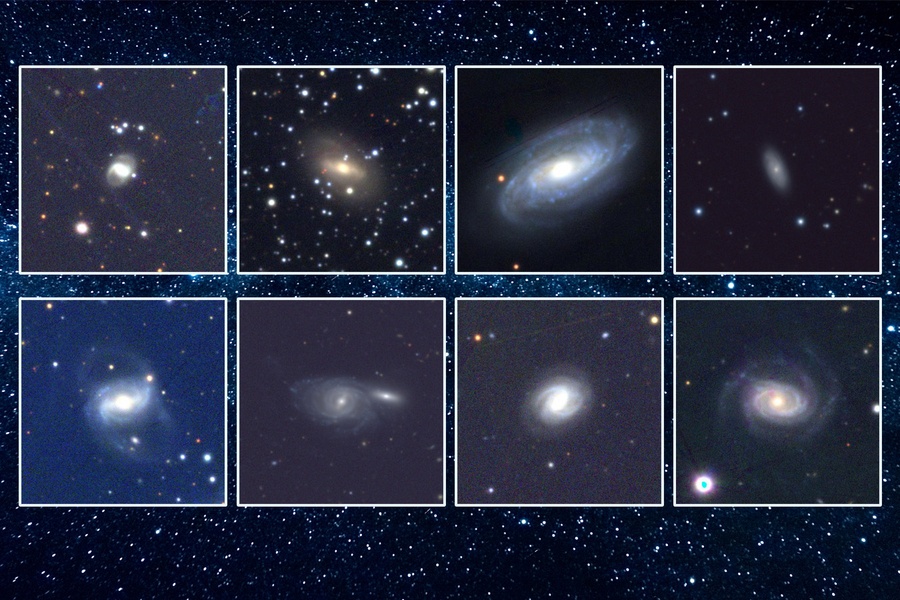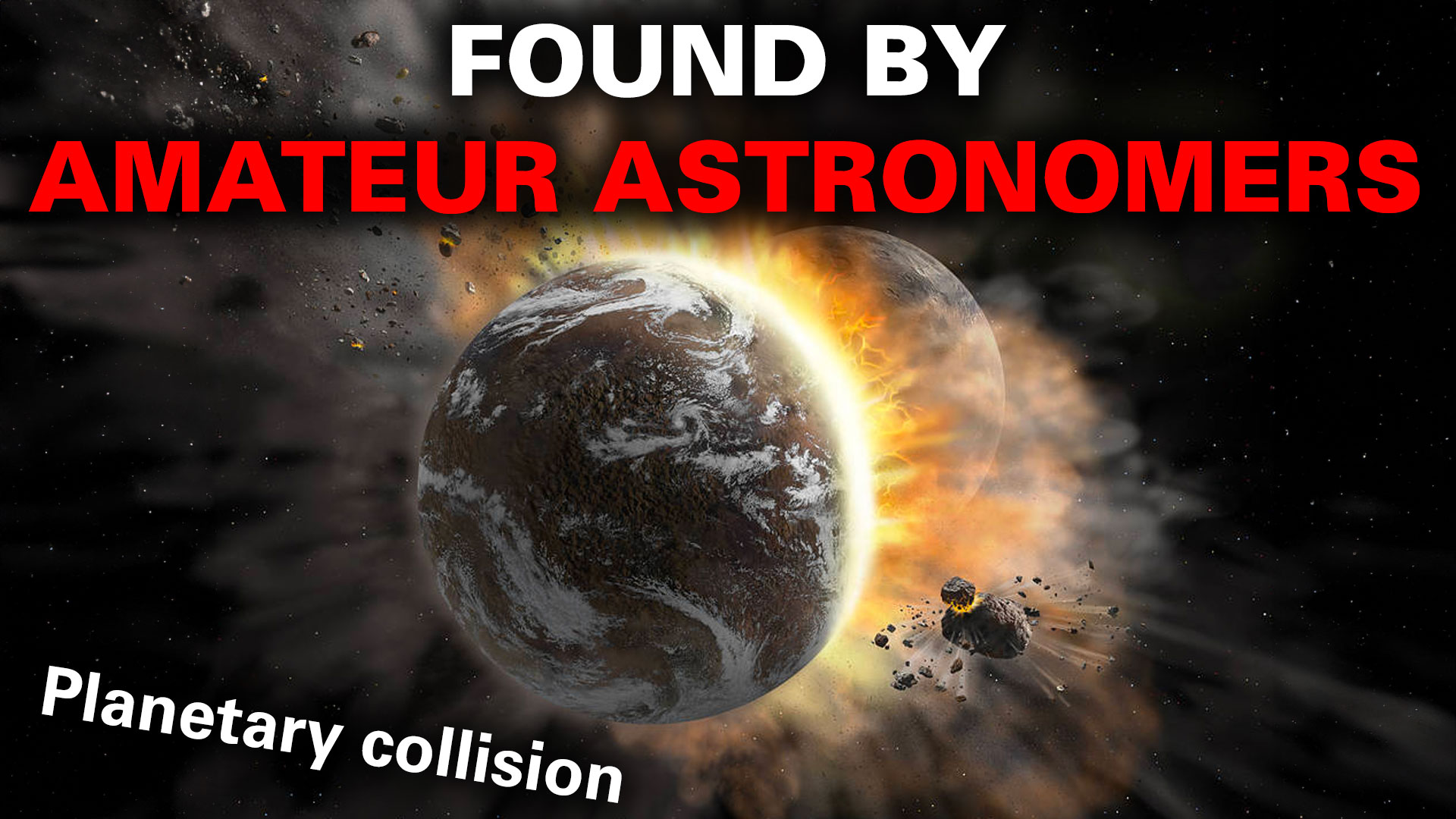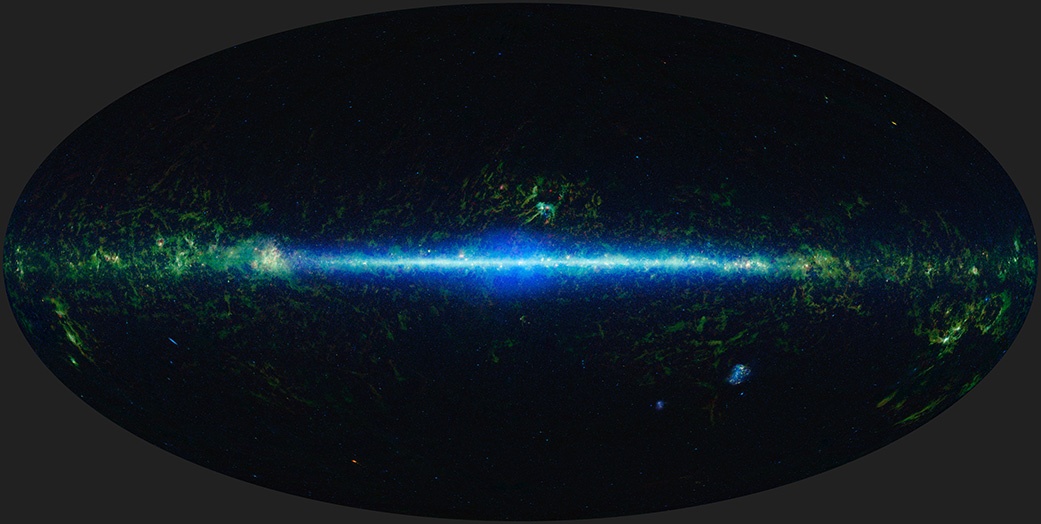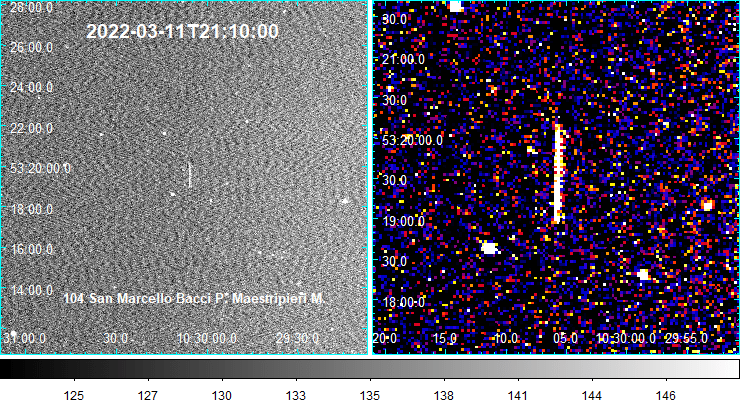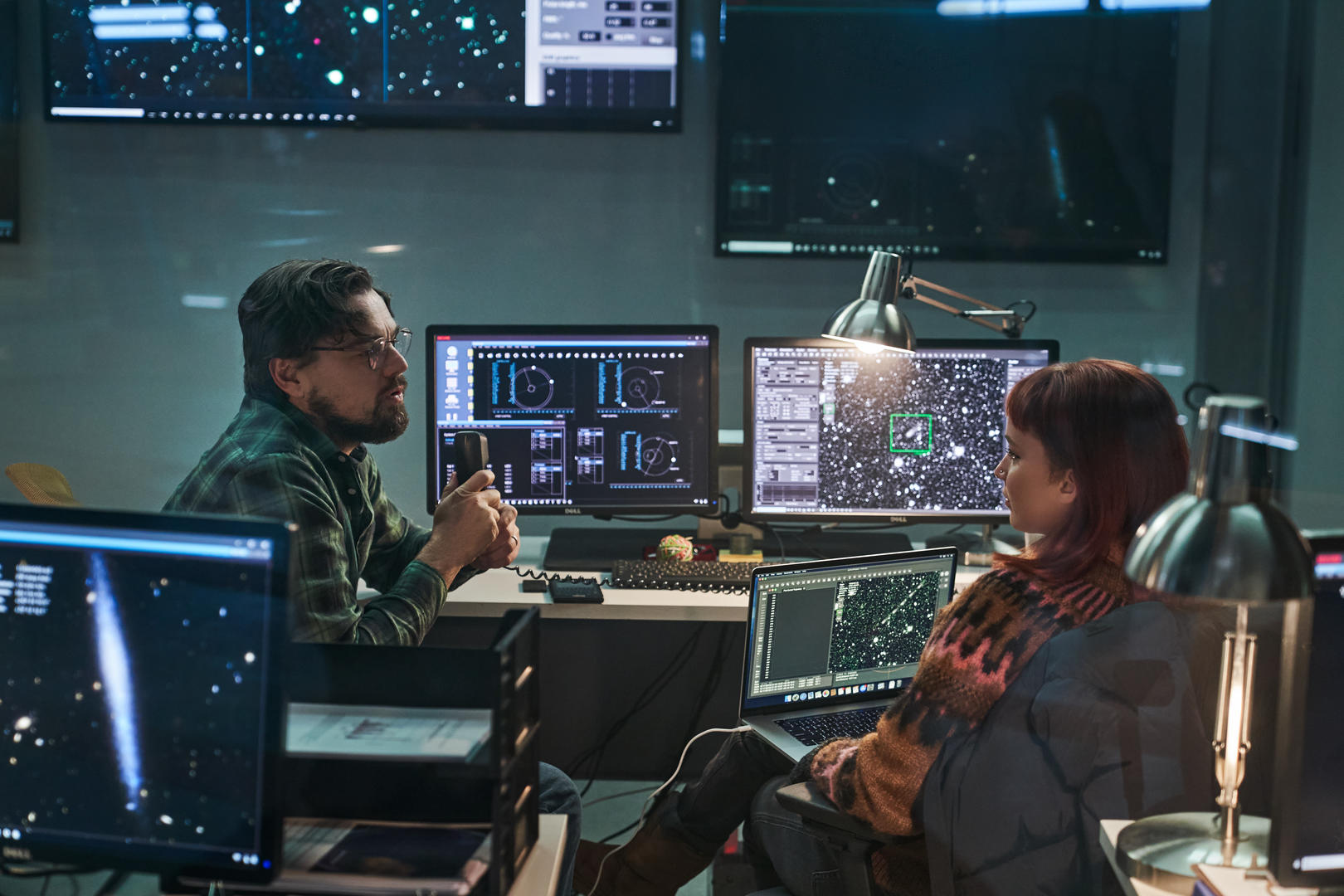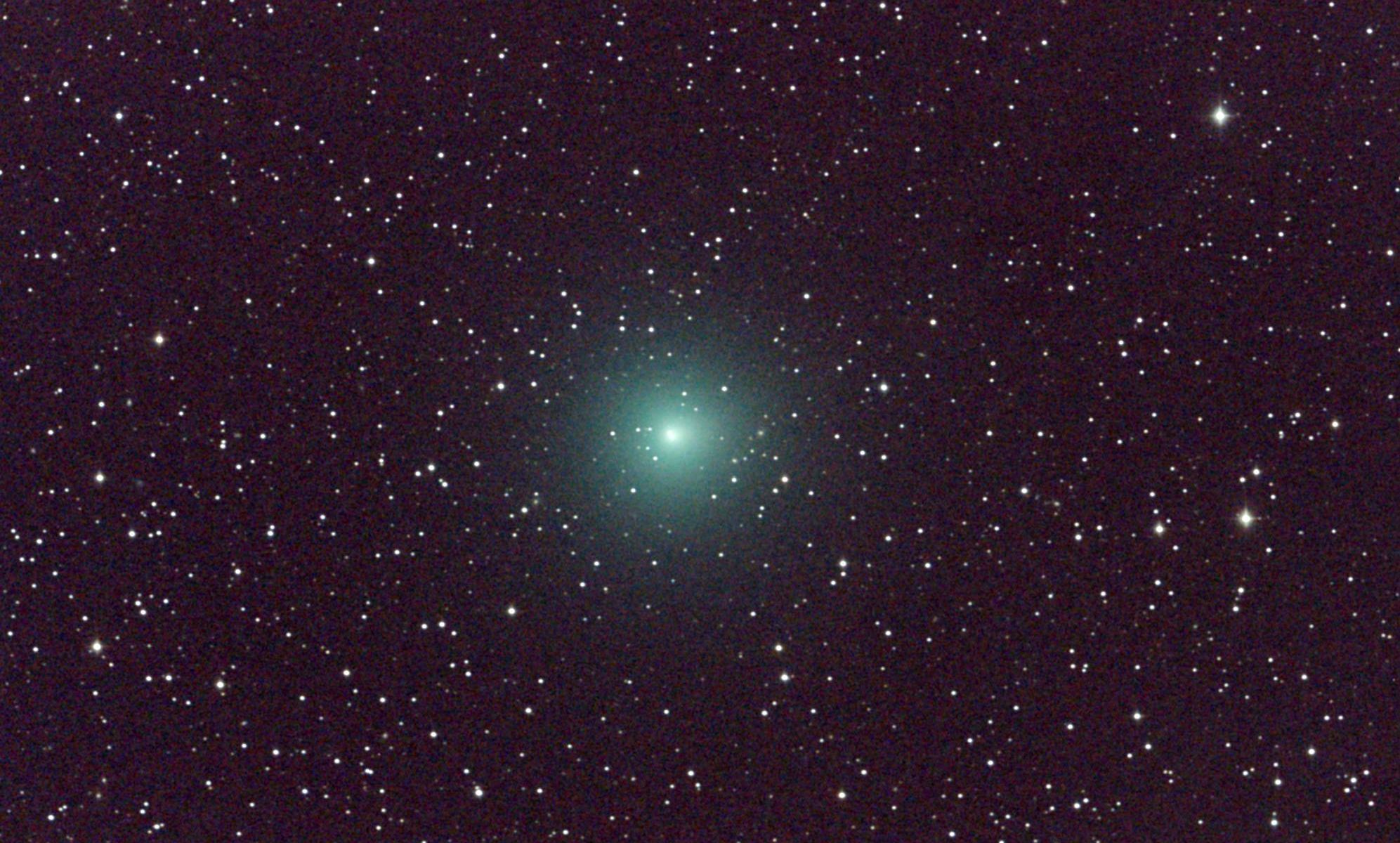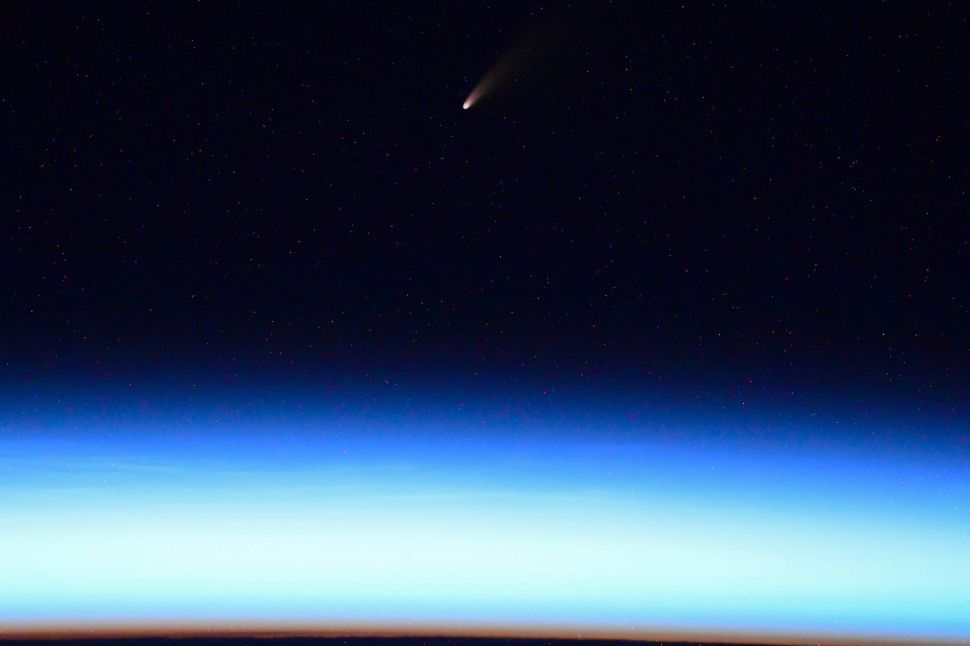NASA’s Wide-field Infrared Survey Explorer (WISE), launched in 2009, spent the next fourteen and half years studying the Universe in infrared wavelengths. During that time, it discovered thousands of minor planets, star clusters, and the first Brown Dwarf and Earth-Trojan asteroid. By 2013, the mission was reactivated by NASA as the Near-Earth Object Wide-field Infrared Survey Explorer (NEOWISE), which was tasked with searching for Potentially Hazardous Asteroids (PHAs). For ten years, the NEOWISE mission faithfully cataloged comets and asteroids that could pose a threat to Earth someday.
Unfortunately, NASA announced on July 1st that it would be decommissioning this planetary defense mission, which is expected to burn up in our atmosphere later this year. On Thursday, August 8th, the mission was decommissioned after the final command was sent from NASA’s Jet Propulsion Laboratory in Southern California and related to the spacecraft by the Tracking and Data Relay Satellite (TDRS) system. However, the scientific data NEOWISE collected during its ten years of operation will continue to inspire new discoveries!
Continue reading “NASA’s Says Goodbye to its Asteroid-Hunting NEOWISE Mission”


